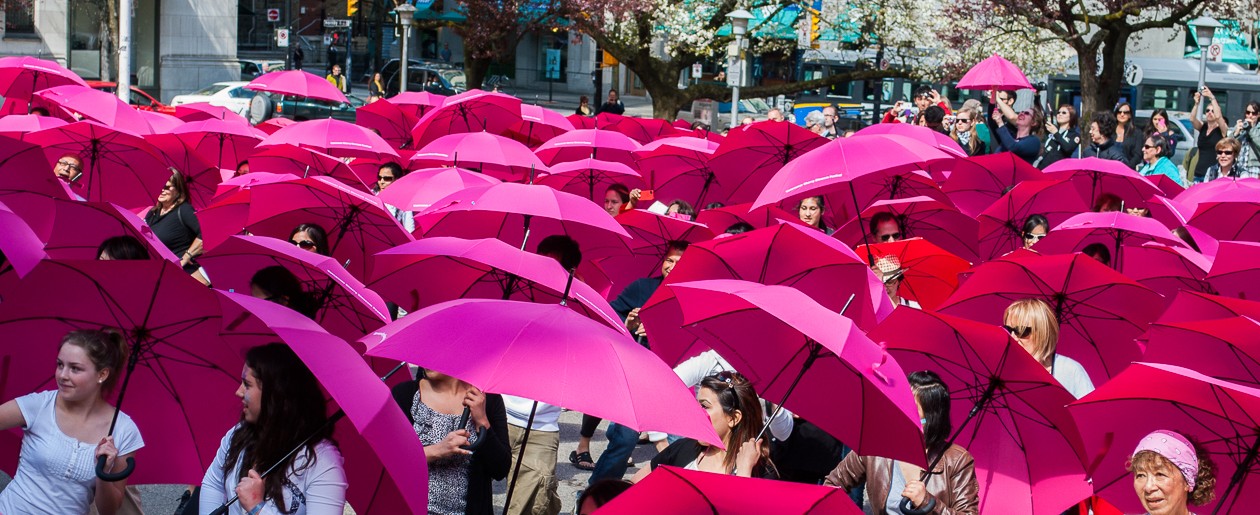In October 2016 Wolfgang Tillmans gave a lecture at the Vancouver Art Gallery. I was unable to make the lecture but was very pleased to see that the lecture has been recorded and posted on the Vancouver Art Gallery’s website. The Canadian Art Foundation, in partnership with the Vancouver Art Gallery, hosted this talk with Wolfgang Tillmans. Tillmans was joined in conversation by New York– and Toronto-based writer and critic Tom McDonough, a lead contributor to the recently published monograph Wolfgang Tillmans: What’s wrong with redistribution? (Walther König).
One of the most influential artists of his generation, Tillmans has radically redefined how photographic images are made, exhibited and encountered.
Vancouver Art Gallery (2016)
This talk was Tillmans’s first visit to Canada in more than 20 years.
I made brief notes while watching the video as he presented images from numerous bodies of work.
- Clothes are great interest to him. What fascinates Tillmans is the air between our clothes and our body. The clothes are like a membrane between us and the outer world.
- Borders: visible and perceived borders. Always shows his large scale photos as unframed prints.
- Approach to his work – asks “is this possible?” Experimental approach works on conceptual, technical and contextual levels – looking at what colleagues have made in the past. Find architectural landscape fascinating.
- “What’s wrong with redistribution?” exhibition. Truth study installation centre – table top installation consisting of 28 hollow-core doors, raised glass with space between photos and glass. Makes pictures with light-sensitive papers. All centred around truth or claims of truth e.g. articles of weapons of mass destruction in 1990’s.
- Times Mirrored series – today is history – it is not so far away.
- Distinguishes between his lens based work and non-lens based work. With his non-lens based work he likes to evoke associations of reality within the brain (with light sensitive papers).
- Has an impure approach to the idea of authenticity. His work was often described as authentic pictures of youth (ref his nude photos taken in his 20’s) but he didn’t have a documentary approach or needed to be a chronicler. Mixed stated/unstaged and found/unfound situations. Doesn’t distinguish between them. Saw sexuality as the centre of the problems of the world. Doesn’t want sexuality to be sensationalist, just wants it to be part of normal life.
- Doesn’t categorise his work into subject matter. Different subjects are treated as parallel. Always resists the paradigm of the serious.
- Explained his Brexit campaign (image and text). Originally made posters typographically (no pictures), then realised they would be more emotive with images. Launched a campaign – something imbued in the pictures – ideas of a border. Intentions behind the camera go into the picture and become visible.
- Installation strategy: Photography sits wonderfully on pages or in a magazine, but it can’t allow for spatial experience. he wants to make contemporary pictures in spaces – amazing laboratory. Never felt the reason that everything should be arranged in linear format. Uses floor to ceiling. Matrix that he has been using for the past 25 years is 10 x 15 cm then 30 x 40cm then 50 x 60 cm and then the large format prints. A page is flat. The interest in the gallery is showing the object of the print. What is often misinterpreted in the beginning as a grunge or slacker, careless attitude of just taping the prints to the wall, was actually an exploration of how he could show the purity of the naked sheet of photograph in a room without hiding it behind perspex or window mount or frames and he has always considered prints as very, very shallow cubes that have a dimension off the wall. They have space.
- Some reoccurring questions regarding his use of space cropped up in the Q&A session. He emphasized that one has to have an awareness of the space – see if it touches or not, does it have a tiny bit of air or does it squash – depth is not often resolved in museums. One needs humility in front of the object. He doesn’t control everything. Observes cause and effect. The only thing in art that matters is the question “how is it made?”
The moment you think you have mastered something, you have lost it.
Wolfgang Tillmans (2016)
Reference List
Vancouver Art Gallery (2016). Artist’s Talk: Wolfgang Tillmans [user-generated content online] Creat. The Candian Art Foundation and Vancouver Art Gallery. 5 January, 2017. 1 hr 47min 05 sec Available at: https://vimeo.com/198274114 (Accessed 13 May, 2017)














































